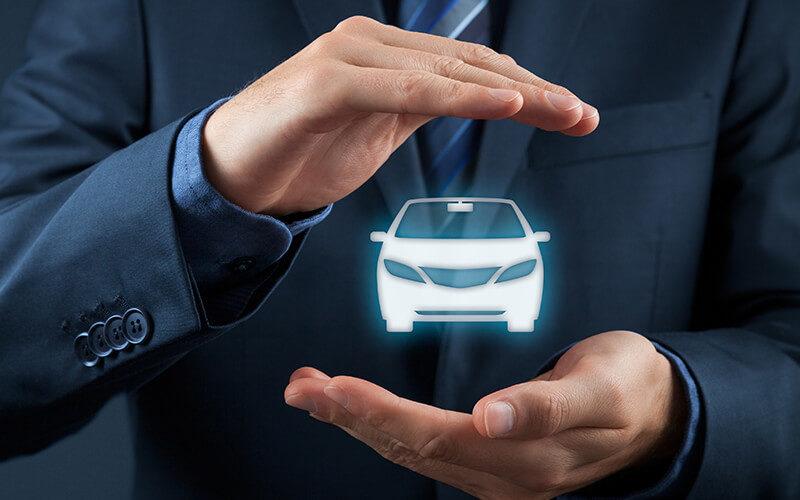Car Insurance Market Trends: How Technology, Consumer Behavior, and Regulations Shape Industry Growth

The car insurance market has experienced significant changes in recent years, driven by a variety of factors that have reshaped the industry. From technological advancements to evolving consumer preferences, several key influences are shaping the landscape of car insurance globally. Understanding these factors is crucial for businesses and consumers alike to stay ahead of the curve and make informed decisions. Let’s explore the most prominent elements that are impacting the car insurance market today.
Technological Advancements
One of the most profound drivers of change in the car insurance market is technology. Innovations such as telematics, artificial intelligence (AI), and machine learning are transforming how insurers assess risk, calculate premiums, and interact with policyholders. Telematics, for instance, uses devices installed in vehicles to monitor driving behavior, offering discounts for safe driving. Insurers are also leveraging AI to analyze large sets of data and predict risks more accurately, resulting in more personalized policies for consumers. As these technologies become more prevalent, the car insurance market will continue to evolve, offering smarter, data-driven products and services.
Regulatory Changes
Government regulations play a pivotal role in shaping the car insurance market. In many regions, mandatory insurance requirements are established by law, which influences the volume of policies sold. Moreover, changes in laws regarding coverage, pricing, and claims processing can have significant implications for insurers and consumers. For example, regulatory moves toward increased transparency, consumer protection, and the introduction of no-fault insurance systems have directly impacted how the industry operates. Keeping up with evolving regulatory frameworks is critical for businesses in the market to remain compliant and competitive.
Consumer Behavior
Consumer behavior has also undergone a shift, with policyholders becoming more tech-savvy and seeking out flexible, customizable insurance products. The rise of online platforms has enabled consumers to compare quotes and purchase insurance policies more easily. This has led to greater competition among insurers, driving the need for more innovative pricing models and tailored coverage options. Additionally, younger consumers are increasingly prioritizing sustainability and eco-friendly options when choosing insurance policies. Insurers that can cater to these changing preferences are more likely to gain a loyal customer base.
Economic Conditions
The state of the economy is another factor that impacts the car insurance market. In times of economic downturn, consumers may opt for lower-cost insurance options or reduce coverage to save money. Conversely, during periods of economic growth, more people may purchase new vehicles, leading to an increase in demand for car insurance policies. Inflation, unemployment rates, and the cost of vehicle repairs also influence consumer spending habits, which in turn affect the car insurance market. Understanding these economic dynamics helps insurers forecast trends and adjust their strategies accordingly.
Autonomous Vehicles
The rise of autonomous vehicles is another factor that will have a profound impact on the car insurance market in the coming years. As self-driving cars become more widespread, the nature of risk will change. Insurers will need to adapt to new liability models, as responsibility for accidents may shift from the driver to the manufacturer or software provider. This evolution will require adjustments in insurance policies, pricing structures, and claims processes. While the full-scale adoption of autonomous vehicles is still a few years away, insurers must start preparing for the future of autonomous transportation.
Natural Disasters and Climate Change
The increasing frequency and severity of natural disasters, driven by climate change, are another significant factor influencing the car insurance market. Catastrophic weather events such as floods, hurricanes, and wildfires can lead to a spike in claims, increasing the financial burden on insurers. These events also influence the cost of premiums, as insurers adjust prices to account for higher risks. Furthermore, climate change is driving the demand for more resilient vehicles and insurance policies that cover a broader range of natural disasters. Insurers must develop strategies to mitigate these risks and adapt their offerings accordingly.
Competition and Market Saturation
As the car insurance market becomes more saturated, competition among insurers is intensifying. New entrants, such as tech-driven insurance startups, are challenging traditional insurers by offering innovative products, lower prices, and enhanced customer experiences. This increased competition is forcing established companies to rethink their strategies and invest in technology and customer service improvements. To stay ahead in such a competitive market, insurers must differentiate themselves by offering unique value propositions that resonate with consumers.
Conclusion
The car insurance market is being influenced by a multitude of factors, ranging from technological innovations and changing consumer preferences to economic conditions and regulatory changes. As these factors continue to evolve, so too will the market itself, presenting both opportunities and challenges for insurers. Understanding these trends and staying agile will be key to success in the dynamic world of car insurance.
- Art
- Causes
- Crafts
- Dance
- Drinks
- Film
- Fitness
- Food
- Games
- Gardening
- Health
- Home
- Literature
- Music
- Networking
- Other
- Party
- Religion
- Shopping
- Sports
- Theater
- Wellness


